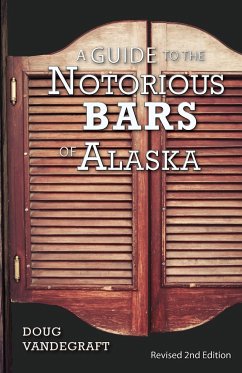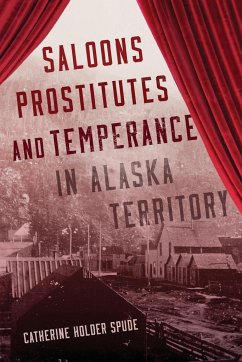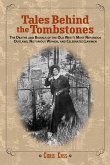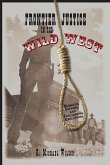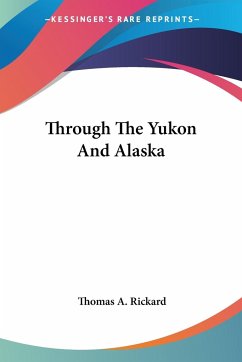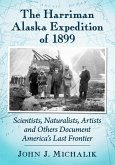The Lower 48 have created myths and legends about things Alaskan: Things in Alaska are bigger, colder, wilder, fiercer, more independent, more rugged, more resourceful, to name just a few of the qualities that surround the Alaska myth. However, the one that says Alaskan bars stand head and shoulders above bars anywhere else just might be true. When author Doug Vandegraft moved to Alaska after graduating college in 1983, he found himself in the wild-west-style bar scene in Anchorage. Nearly two decades later, he officially began conducting research on Alaskan bars that he found as unique as everyone believed. A Guide to the Notorious Bars of Alaska details the rich history and atmosphere of remarkable, one-of-a-kind Alaskan bars, many of which have been around since the end of Prohibition in 1933, and have become legendary in their communities and beyond as places to socialize, meet friends, come in from the cold, and sometimes as community centers or even as churches. Despite stricter laws regarding alcohol sale and consumption, Alaska's bars remain notorious in many ways.
Hinweis: Dieser Artikel kann nur an eine deutsche Lieferadresse ausgeliefert werden.
Hinweis: Dieser Artikel kann nur an eine deutsche Lieferadresse ausgeliefert werden.

